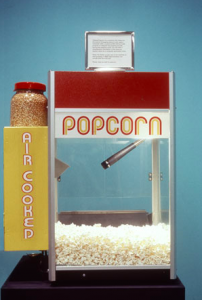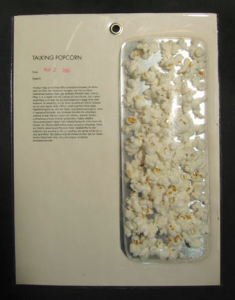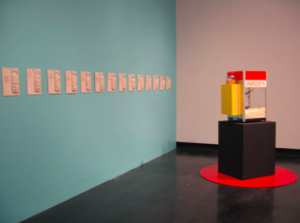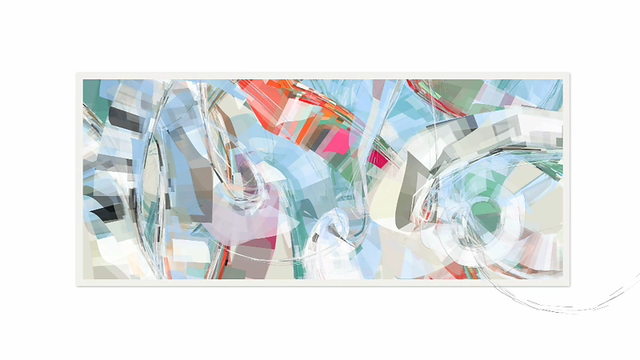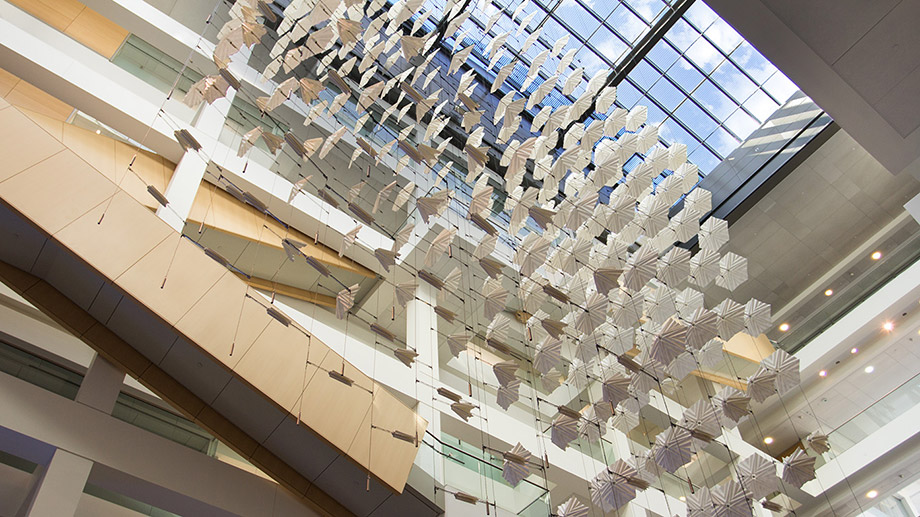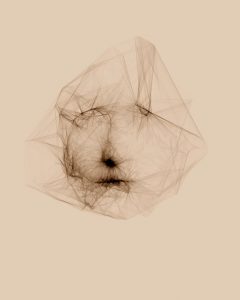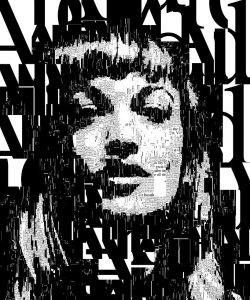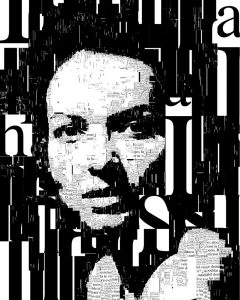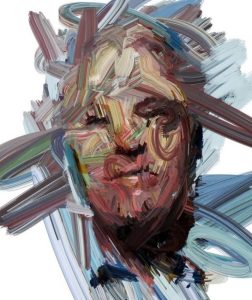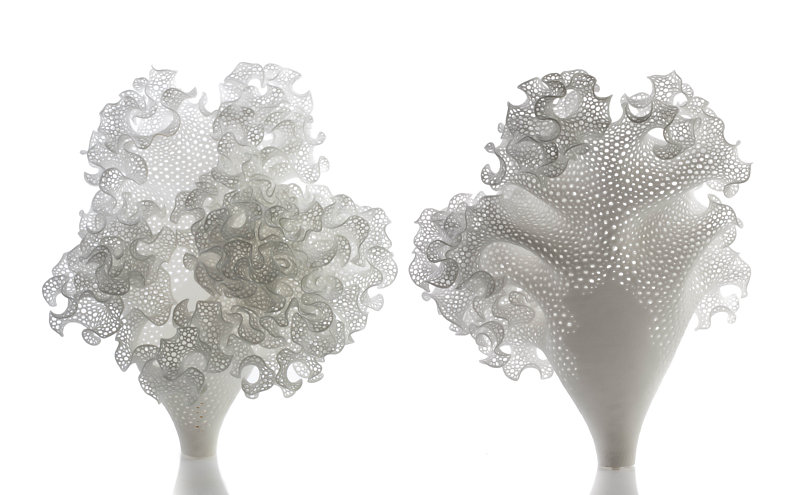Algorithm Generated Japanese-Inspired Construction Joints
Wood joineries were very difficult to learn in history. The information was only accessible to people who study and master this traditional technique. The ways to explore and use this type of construction were very limited.
Aryan Shahabian, a researcher from the University of Applied Arts in Vienna used algorithms to record and demonstrate wood joineries. It allows more people to learn and use this information. This algorithm can also generate countless combinations of these joineries and create resultant free-form structures. It creates new possibilities in construction methods and expands the future of architecture. It is a step further in the field of parametric design.
I find this project very admiring because it uses modern technology to expand the possibility of traditional crafts. It is perhaps the new way of using ancient methods, so the traditions can live and grow.
![[OLD FALL 2018] 15-104 • Introduction to Computing for Creative Practice](../../../../wp-content/uploads/2020/08/stop-banner.png)
